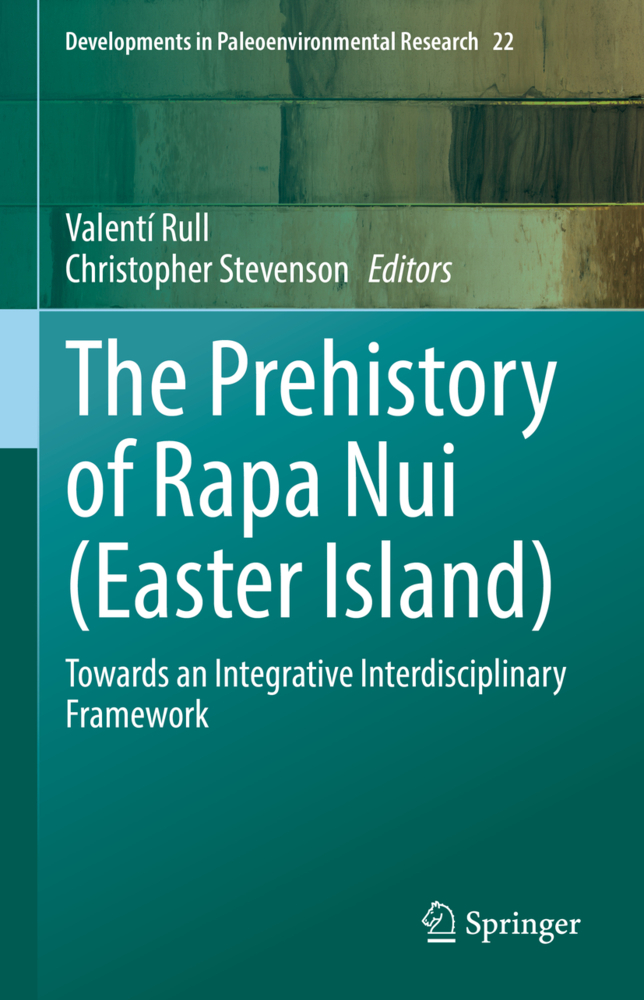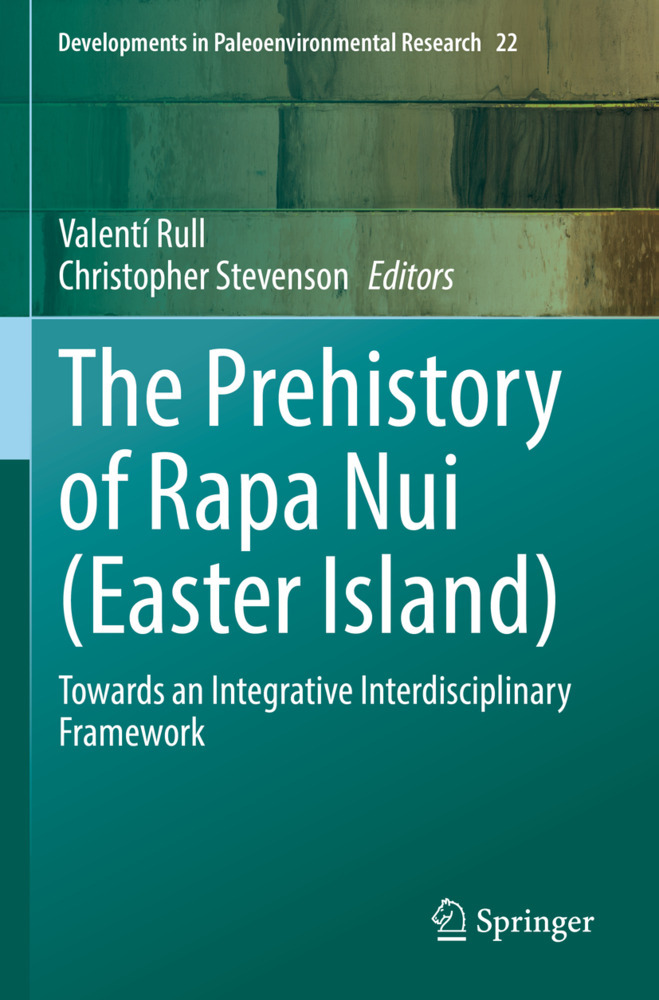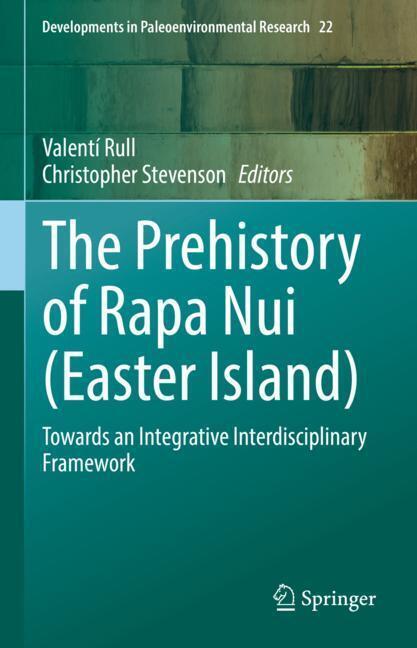The Prehistory of Rapa Nui (Easter Island)
The Prehistory of Rapa Nui (Easter Island)
This book addresses the main enigmas of Easter Island's (Rapa Nui, in the Polynesian language) prehistory from the time of initial settlement to European contact with a multidisciplinary perspective. The main topics include: (i) the time of first settlement and the origin of the first settlers; (ii) the main features of prehistoric Rapanui culture and their changes; (iii) the deforestation of the island and its timing and causes; (iv) the extinction of the indigenous biota, (v) the occurrence of climatic shifts and their potential effects on socioecological trends; (vi) the evidence for a cultural and demographic collapse before European contact; and (vii) the influence of Europeans on prehistoric Rapanui society. The book is subdivided into thematic sections and each chapter is written by renowned specialists in disciplines such as archaeology, anthropology, paleoecology, ethnography, linguistics, ethnobotany, phylogenetics/phylogeography and history. Contributors have been invited to provide an open and objective vision that includes as many views as possible on the topics considered. In this way, the readers may be able to compare different of points of view and make their own interpretations on each of the subjects considered. The book is intended for a wide audience including graduate students, advanced undergraduate students, university teachers and researchers interested in the subject. Given its multidisciplinary character and the topics included, the book is suitable for students and researchers from a wide range of disciplines and interests.
Part I. Transpacific voyaging and settlement
Chapter 1. Ex oriente lux? Amerindian seafaring and Easter Island contact revisited
Chapter 2. Commensals/domesticates on Rapa Nui: what can their phlogeographic patterns tell us about the discovery and settlement of the island
Chapter 3. Sweet potato on Easter Island: insights from a monographic study of the genus Ipomoea
Chapter 4. Pre-European contact sweet potato (Ipomoea batatas) at Rapa Nui: macrobotanical evidence from recent excavations in Rano Raraku quarry, Rapa Nui
Chapter 5. Anakena Re-visited: new perspectives on old problems at Anakena, RapaNui
Part II. The ancient Rapanui culture
Chapter 6. A behavioralassessment of refuge caves (ana kionga) on Rapa Nui
Chapter 7. Vinapu area revisited
Chapter 8. Undelivered moai or unidentified monument?
Chapter 9. Platforms in motion: a genealogical architecture
Part III. Climatic and environmental change
Chapter 10. Climatology of Rapa Nui (Isla de Pascua, EasterIsland)
Chapter 11. Prehistoric paleoecology of Easter Island
Chapter 12. Geological and climatic features, processes and interplay determining the human occupation and habitation of Easter Island
Part IV. Deforestation and extinctions
Chapter 13. The flora and vegetation of Easter Island - past and present
Chapter 14. Palms for the archaeologist
Chapter 15. Spatio-temporal patterns of deforestation, settlement and land use on Easter Island prior to European arrivals
Chapter 16. Economic causes and consequences of deforestation on Easter Island
Chapter 17. Palm forests to gardens and grassland: a study of environmental and geomorphological changes of the Te Niu, Rapa Nui landscape
Part V. Collapse or resilience?
Chapter 18. Environmental change and cultural continuity - extraordinary achievements of the Rapa Nui society after deforestation
Chapter 19. Ecology limits population, but culture determines it: carrying capacity on Rapa Nui
Chapter 20. Population principles, climate change and the "collapse" of the Rapa Nui society
Chapter 21. Claims and evidence in the population history of Rapa Nui (Easter Island)
Part VI. European contact
Chapter 22. The Human Giants of Easter Island (Rapa Nui). Eighteenth century fake news and its significance for understanding the persistence of present-day myths.
Rull, Valentí
Stevenson, Christopher
| ISBN | 978-3-030-91126-3 |
|---|---|
| Artikelnummer | 9783030911263 |
| Medientyp | Buch |
| Auflage | 1st ed. 2022 |
| Copyrightjahr | 2022 |
| Verlag | Springer, Berlin |
| Umfang | XII, 628 Seiten |
| Abbildungen | XII, 628 p. 197 illus., 163 illus. in color. |
| Sprache | Englisch |







